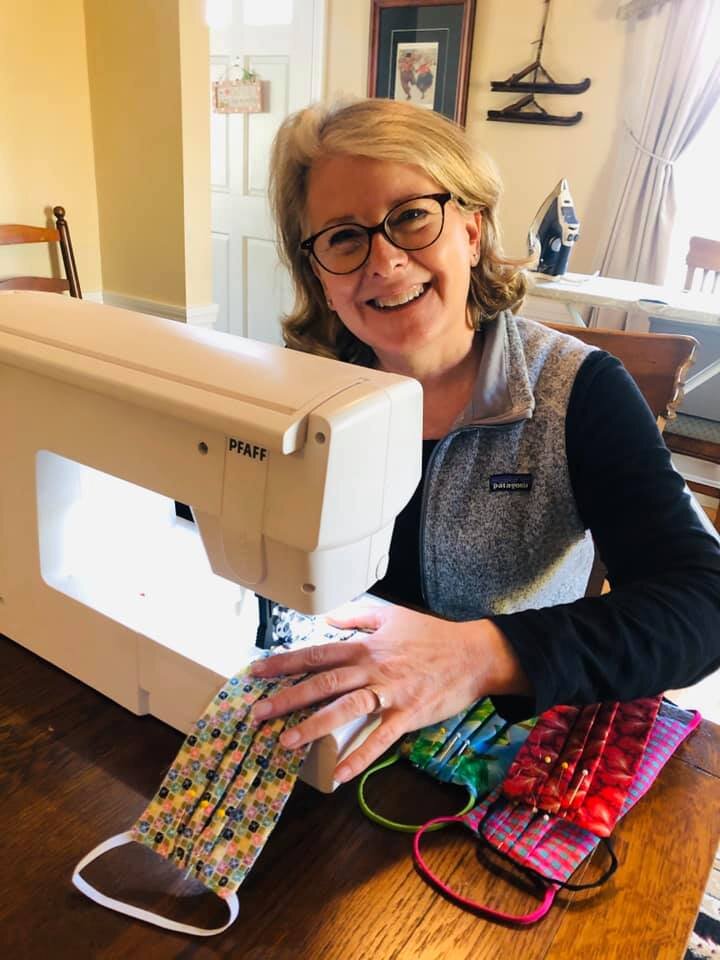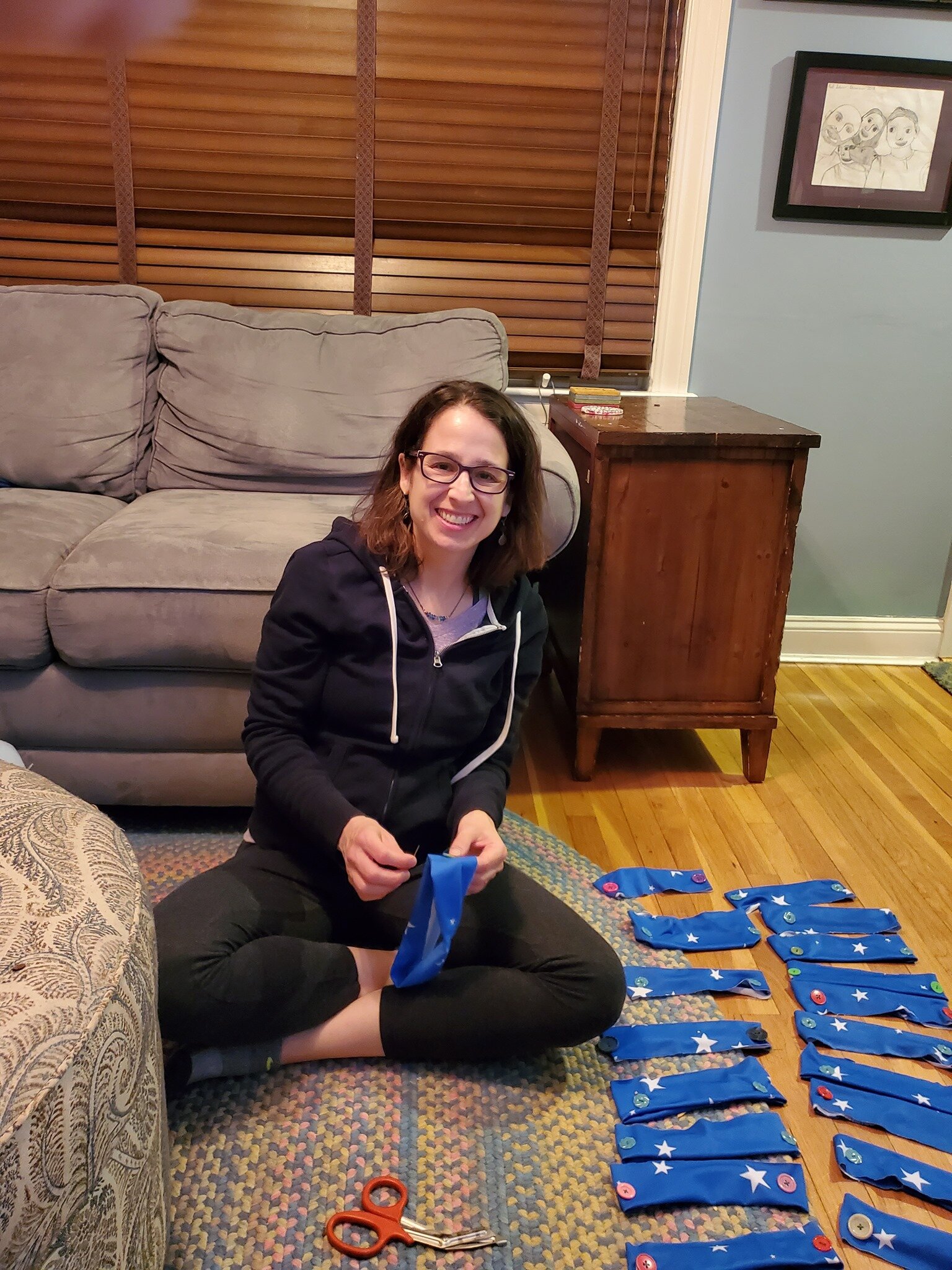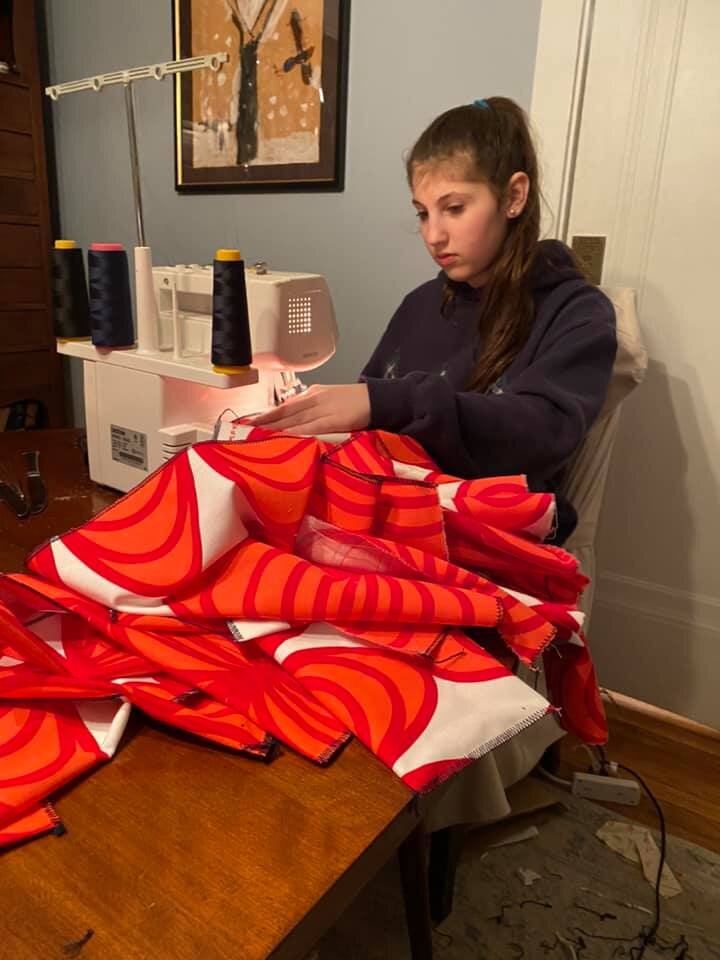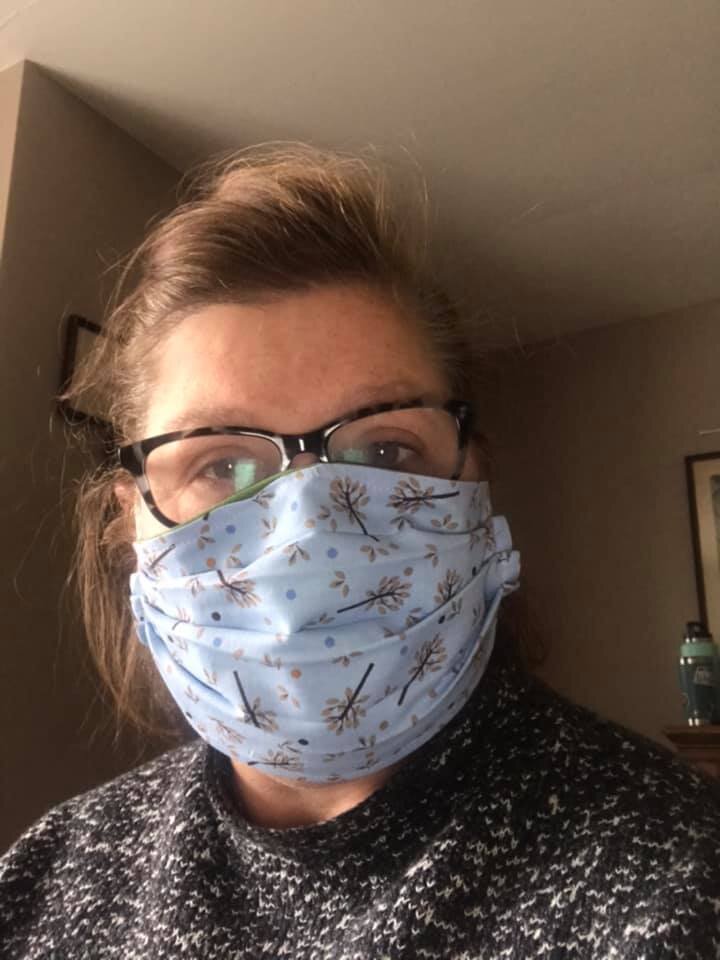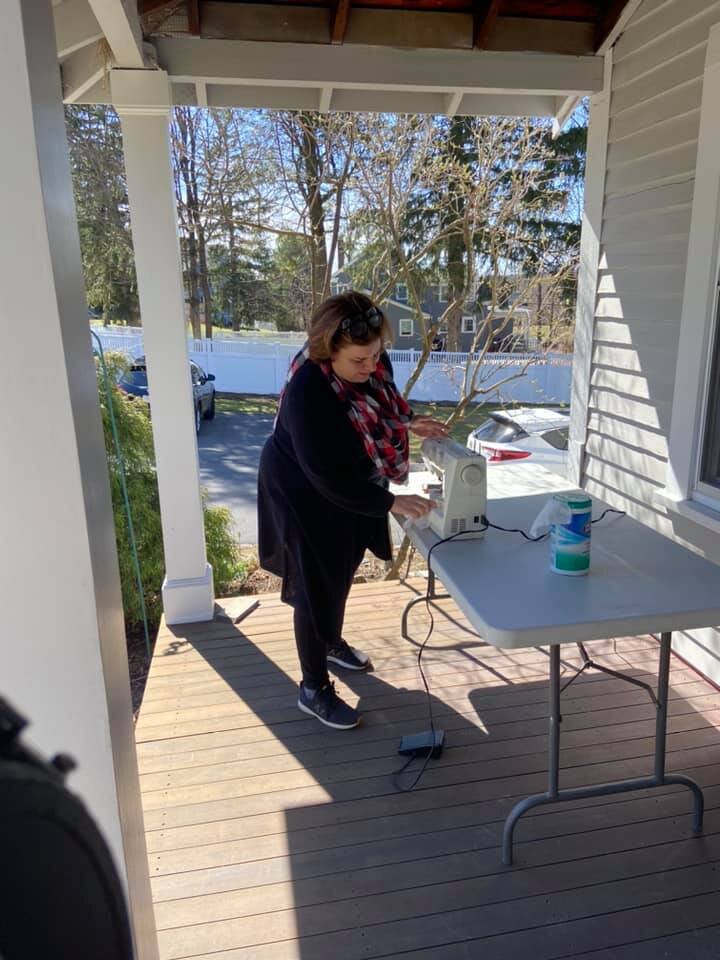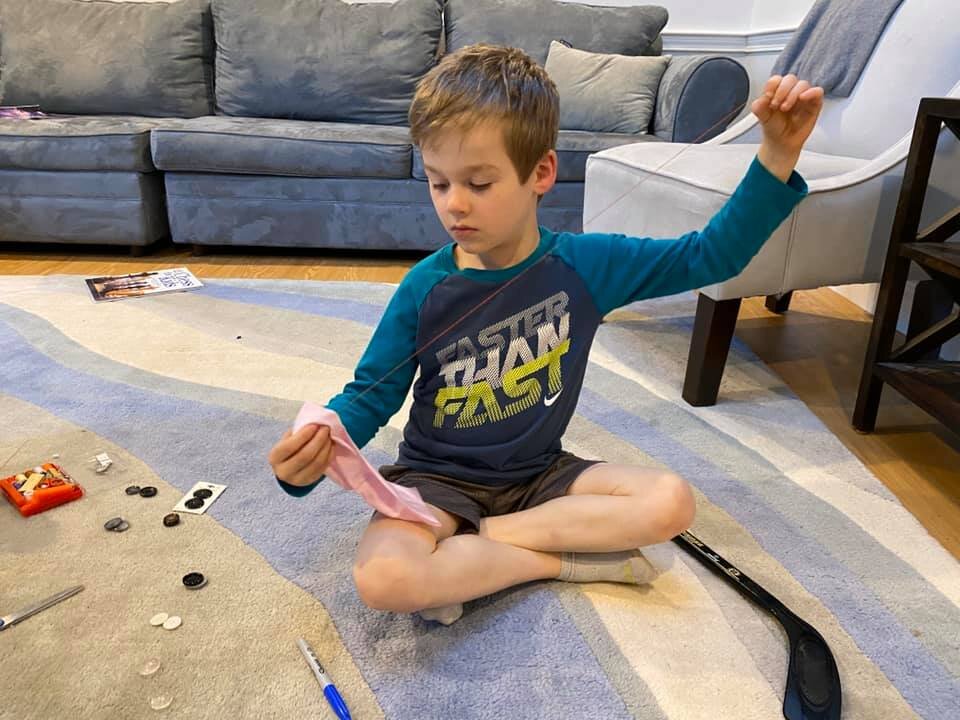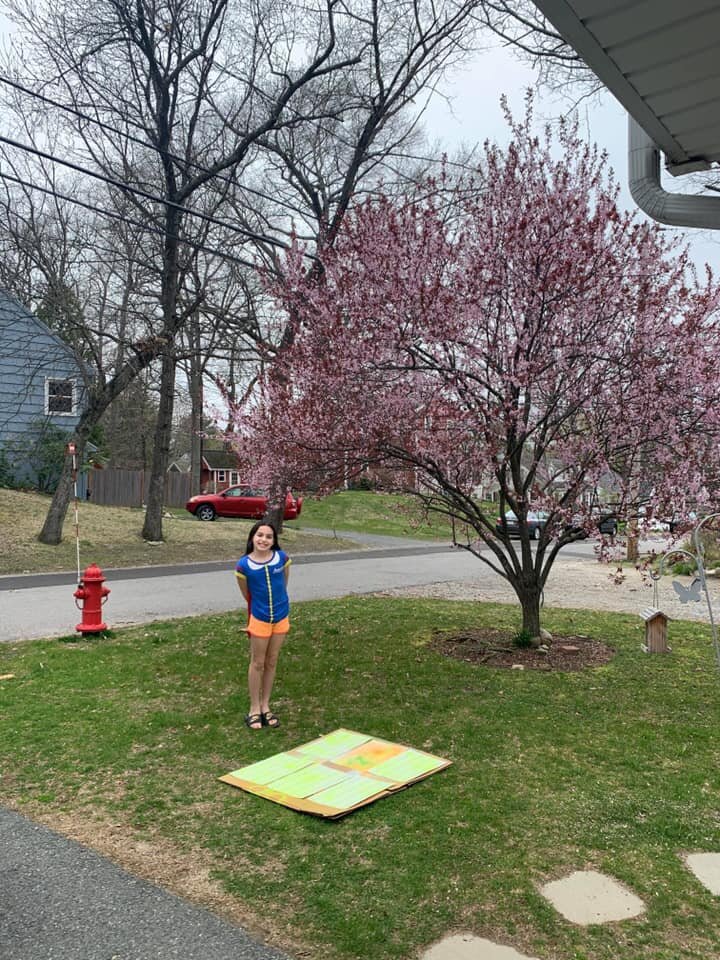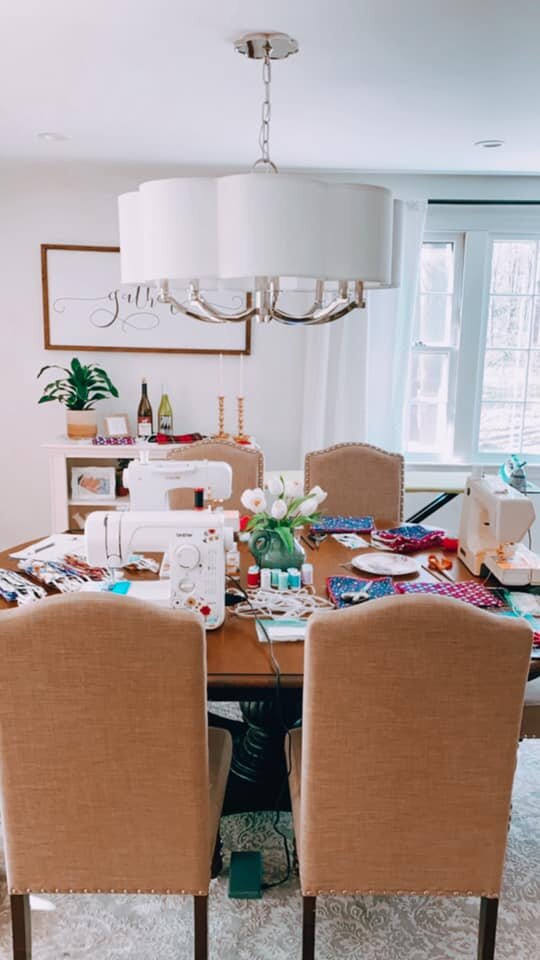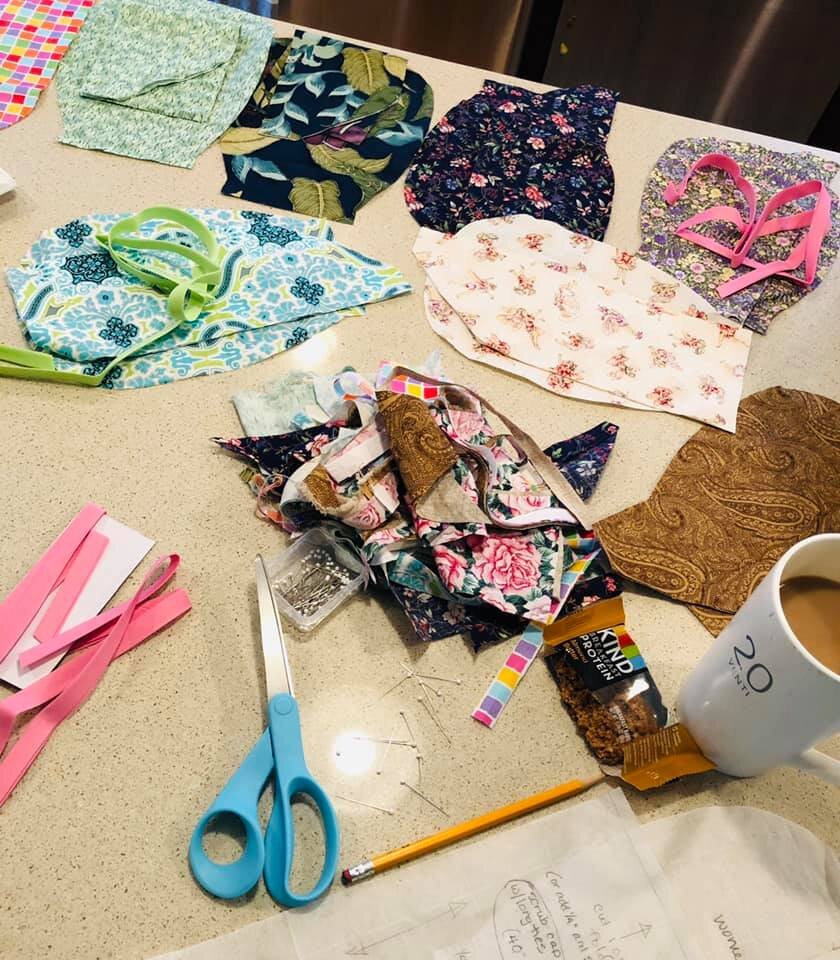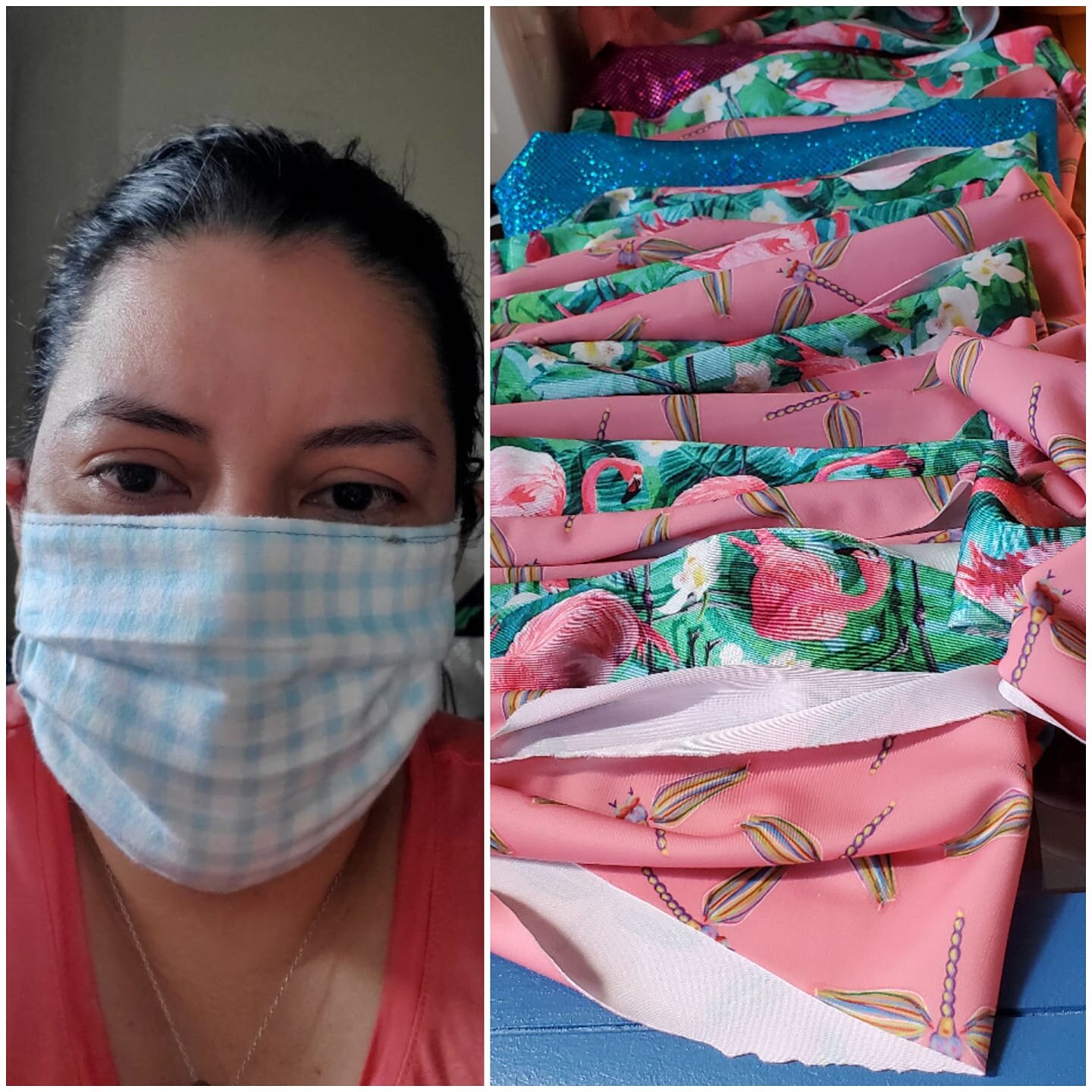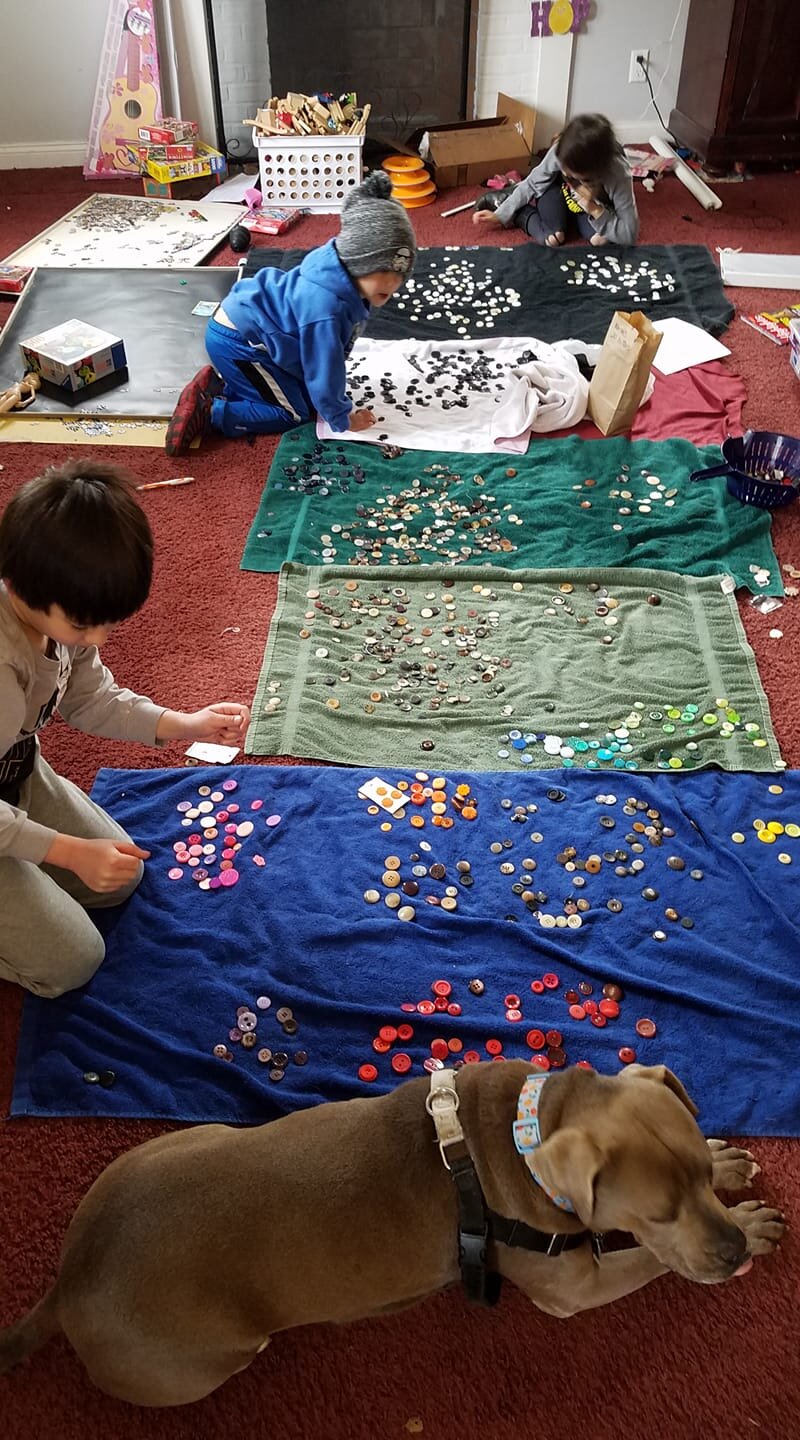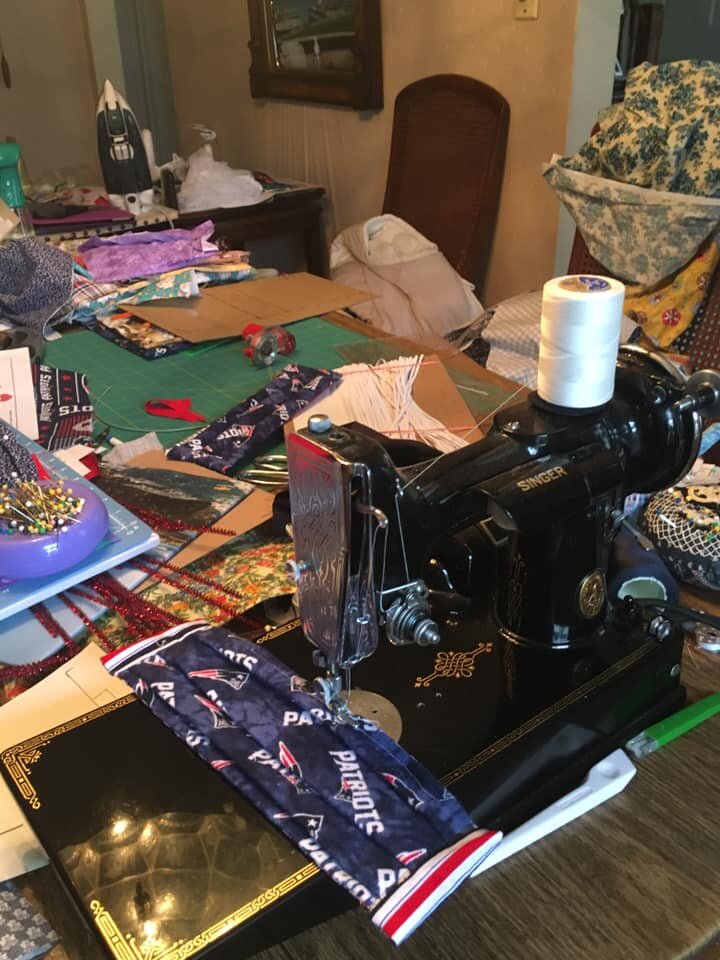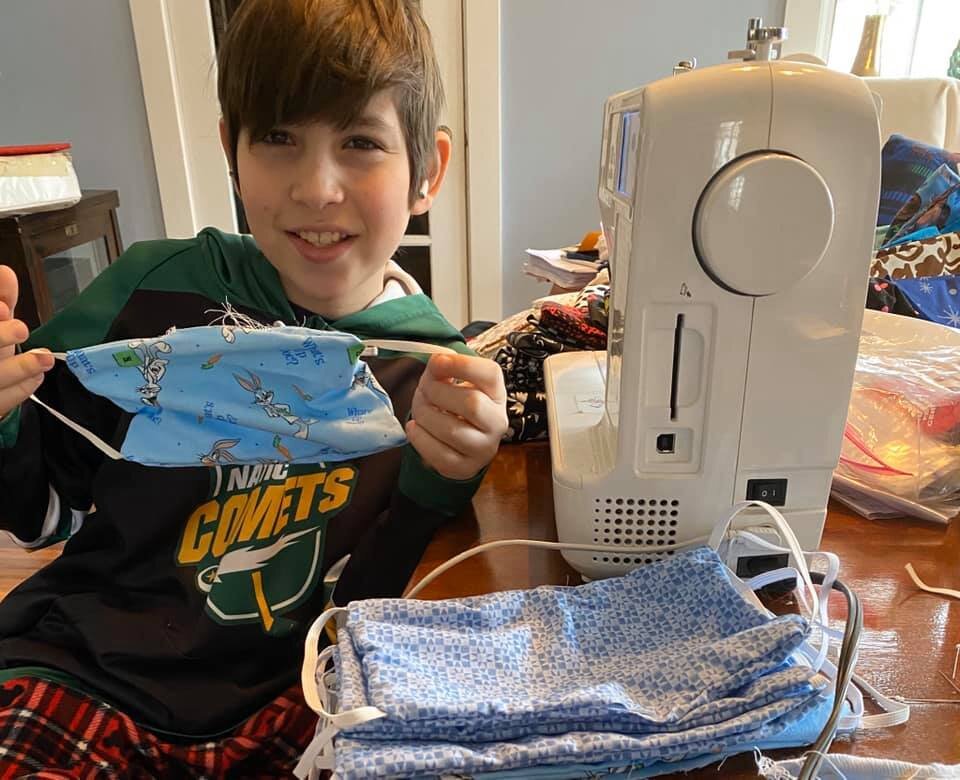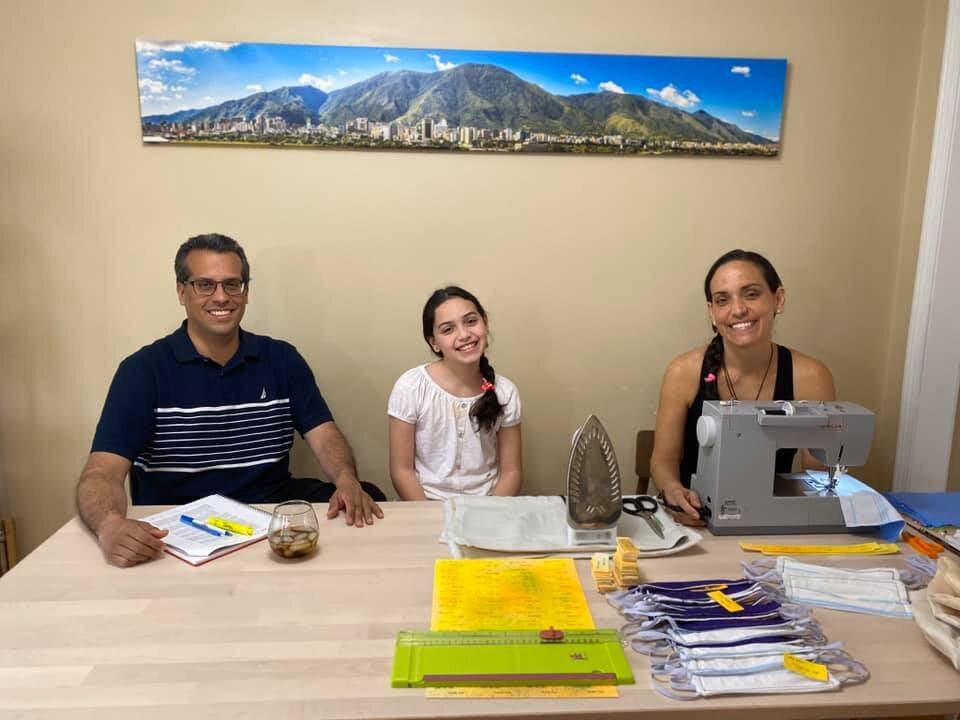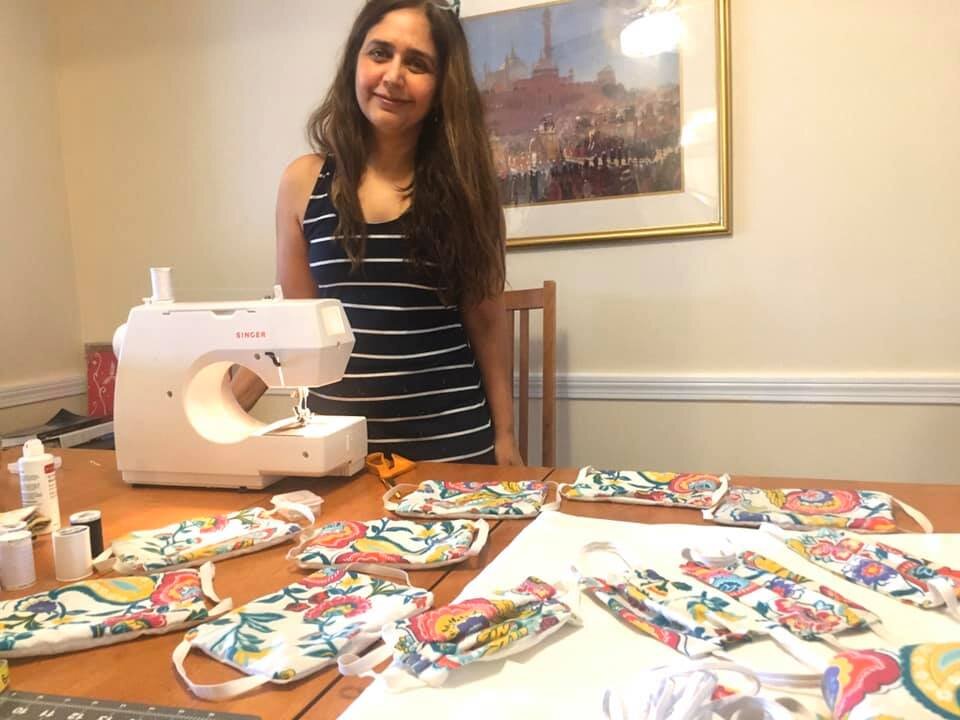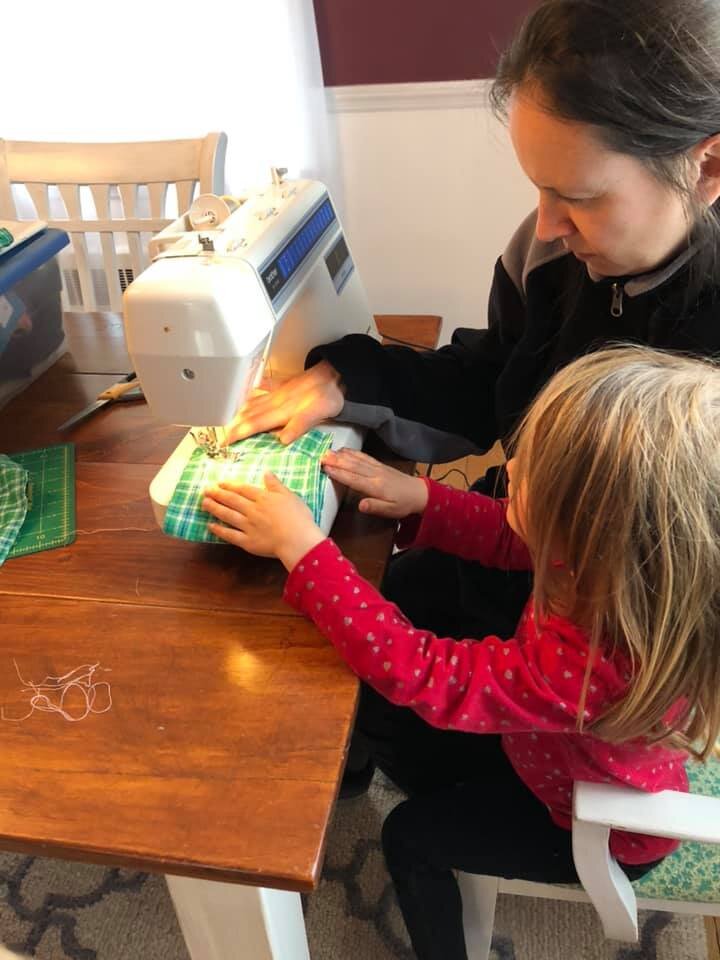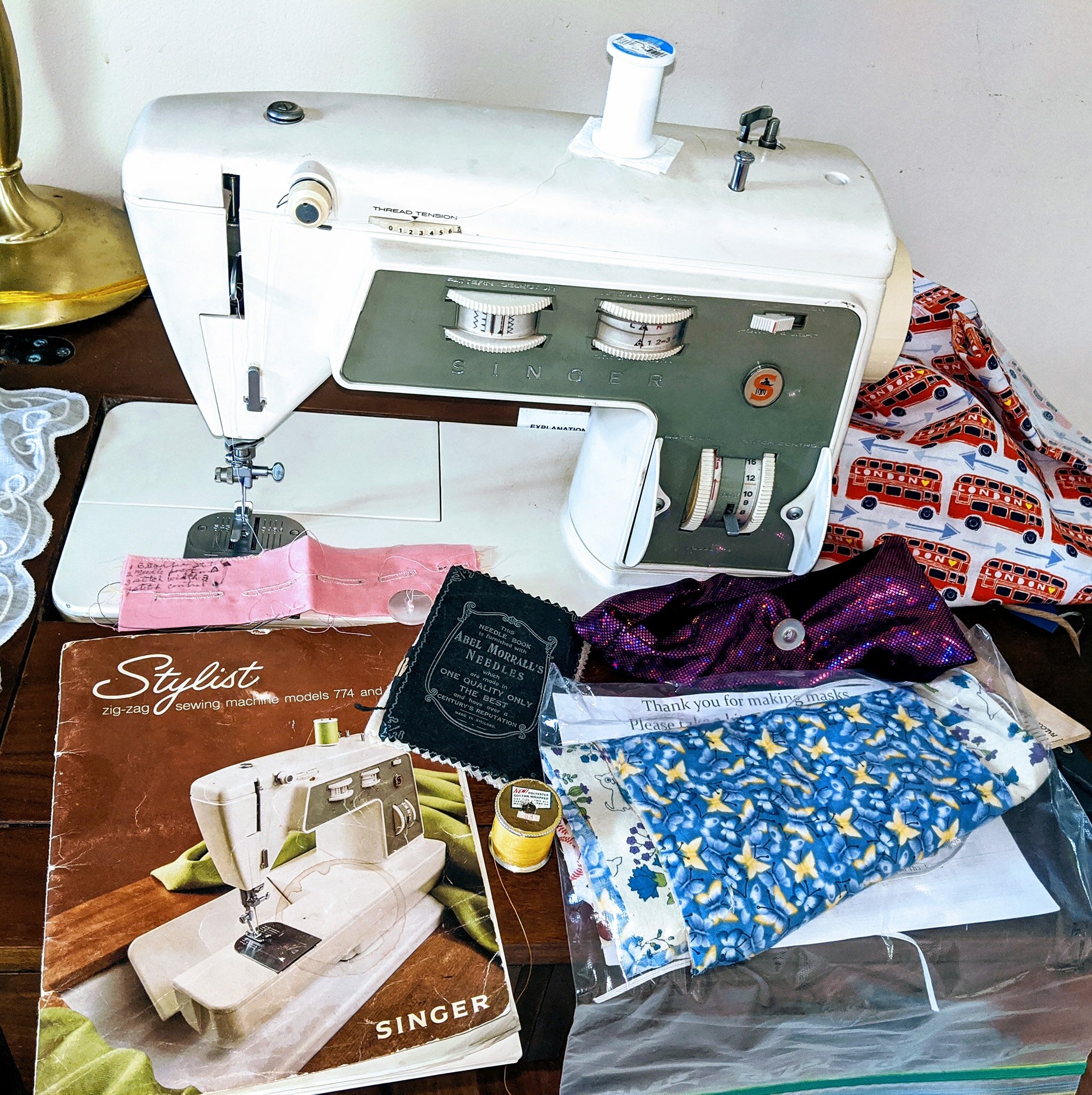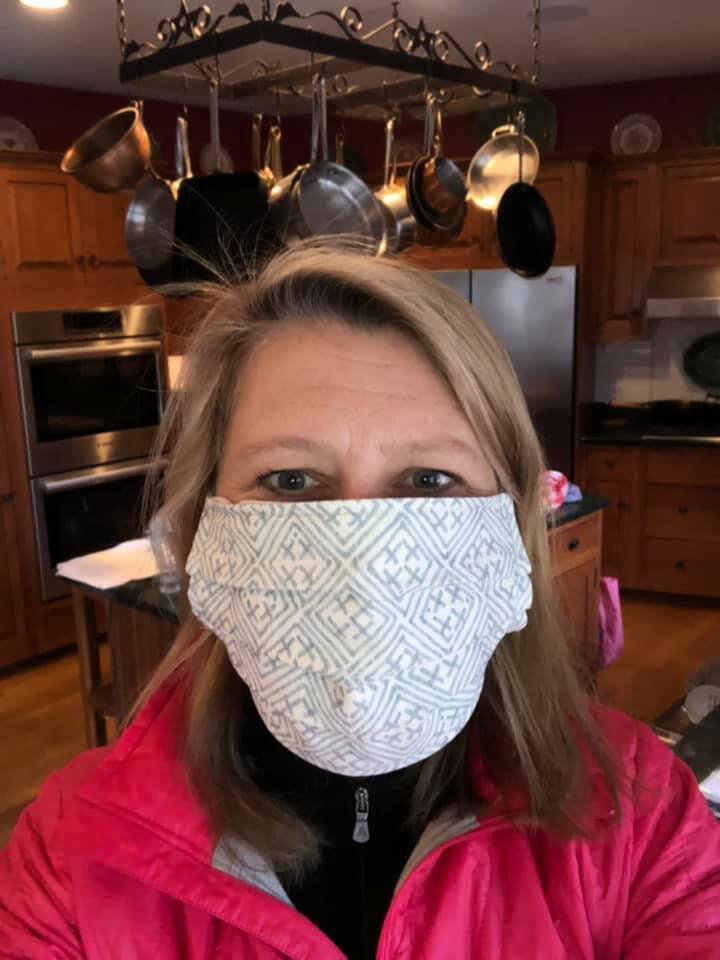A Conversation with Charlotte Diamant About her Account of the South Natick Dam
Charlotte Diamant is a student at Wellesley College. A native Californian, she is currently pursuing a B.A. in Environmental Studies with particular interests in conservation, sustainability, and water policy. In her free time on campus, she enjoys walks around Lake Waban, reading, baking, and volunteering at the Natick Community Organic Farm. You can read a summary of Charlotte’s research HERE and connect with her detailed presentation HERE.
What was your original interest in the South Natick dam? Why did you choose this research topic?
I would never have embarked on this project without the encouragement of Dr. Jay Turner, one of my professors and academic advisors at Wellesley College. After attending a town meeting on the future of the South Natick Dam in 2019, Professor Turner asked the Natick Town Engineer about the possibility of conducting an extensive research project on the dam's history. After receiving some positive feedback from the Town and knowing of my interest in environmental history, he invited me to pursue the project as a semester-long independent study through the Wellesley College Environmental Studies Department. I was excited to learn more, and I started brainstorming when I returned to campus in the spring of 2020!
What was the most surprising thing you learned about the dam or Natick's history?
When I started this project, I had no idea how important the construction of the present-day dam was to Natick residents. Townspeople fought hard to build the dam, even against tremendous economic and logistical hurdles. Support for the project was so strong, in fact, that town employees offered to contribute 7.5 percent of their annual wages to the construction of the new dam at a town meeting in 1934! This may seem like a relatively unimportant anecdote, but it was shocking to me that a group of public servants—generally underpaid to begin with—would voluntarily give up such a significant portion of their income for a public works project in the midst of an economic crisis. Professor Turner even asked me to double- and triple-check the records, and he was so surprised!
Did you encounter any obstacles in conducting your research? How did you overcome the obstacles?
One of the most frustrating components of this project was researching the pre-1900 history of the dam. As I went further back in the historical record, it became increasingly difficult to keep track of important people and locations. Property lines, street names, and town boundaries changed frequently, and the spelling of both family names and key locations varied a great deal. Many of the early property owners in the Natick area had similar names—Thomas Sawin, for example, had both a son and grandson named John—which led to a lot of confusion before I was able to properly sort out the chronology.
The best way I found to deal with this confusion was through constant cross-checking. I would focus on a particular location or person, and attempt to track that name through the historical record—with maps, property records, photographs, articles, and even family trees—making careful note of any inconsistencies or gaps. It took a lot longer, but gave me greater peace of mind!
Has this project changed your thoughts about the importance of learning local history?
Local history doesn't happen in isolation; it is informed by broader social, ecological, political, and economic trends, all manifest in local and highly personal changes. The story of the South Natick Dam is a prime example of this: the stories of colonial New England, industrialization, and the Great Depression, among many others, are all part of the story of the dam. My research only reinforced this connection and reminded me of the importance of learning from local history, which can make seemingly unrelated history feel relevant and personal.
Did the Natick Historical Society have any unique resources you could not find or access elsewhere?
Absolutely! The Natick Historical Society was an invaluable asset in my research. Without the patient support and encouragement of the Society's staff, volunteers, and extensive historical collections, this project could never have gotten off the ground. The Natick Historical Society has a folder dedicated to the South Natick Dam, which is chock full of maps, newspaper articles, archived emails from town officials, town meeting records, public works reports, and photographs, the vast majority of which I hadn't seen anywhere else. This information was extensive and detailed—I could find records on specific local events, places, and people that I couldn't have found in a larger library, historical collection, or online database.
If you’d like to hear more about Charlotte’s project, check out her Earth Day presentation at Wellesley College HERE.
LOVE 01760
The Natick Historical Society is excited to celebrate LOVE 01760, a community-wide public art project. NHS reached out to the organizers of this wonderful project, including Athena Pandolf, Executive Director of the Natick Center Cultural District, and Denise Girardin, a Natick artist, who shared some details about the project’s origins and their thoughts on it so far.
The LOVE 01760 project was created by a small group of business owners, artists, and the Natick Cultural Center District. They all wanted to offer people an opportunity to be involved in a public display of support and comfort in the new COVID-19 world we are living in. Organizers felt strongly that the project had to be one that anyone could do without needing special skills while also benefiting and showing great love for the Natick community.
The project asked people to design two halves of one heart, with the promise of connecting the heart halves together in a future public art project. The goal was for people to use what they had at home, print out a heart, design one half, and share, safely, with a family member or with a neighbor who could decorate the other half. Participants were asked to drop off their completed hearts when finished (before June 1).
Denise told the Natick Historical Society that at the beginning of the project, her focus was on the end game: how many “connected” hearts could be acquired, how they would be put together, what would the final art installation look like, and so on. However, she quickly learned that creating the hearts was “very therapeutic” and emotional for everyone involved. Denise shared that the organizers have received many notes with the heart halves, which are “so touching and full of love.”
Athena added, “Each heart is a kaleidoscope of distinctively different human stories. Some were vibrantly painted, some thoughtfully drawn, some created as bright collages or stamps, some conveying words of encouragement, and some speaking without words. Each heart is a handcrafted message of uniqueness and love created by many hands of all ages.”
The LOVE 01760 art project has continued to grow. You can buy a t-shirt displaying the LOVE 01760 logo! All proceeds from the sales support the Natick Service Council. And BIG news: mark your calendars for July 16th to August 9th, when you’ll be able to see the hearts on display over the pedestrian bridge in Natick Center!
As the LOVE 01760 project comes to an end, Athena reflects that it has already taken hold of their hearts “as if it has always been a part of us. And it has. It is a part of ALL of us. LOVE is always present […]”. Socially apart but united together in Love is what these crafted hearts convey. Love for one another, love for our community, and love for the world. That is why the LOVE 01760 project was created and why every zip code has the opportunity to become a harbor of love”.
The Natick Historical Society is honored that a small collection of heart halves will be archived through the Natick Shares: A COVID-19 Community Archive Project when the installation is complete. Many years from now, future Natick residents will have the chance to learn how our community responded to COVID-19 with LOVE 01760.
If you want to see the many hearts the community has created, visit the LOVE 01760 Facebook page HERE.
Thank you, Natick Teachers. Love, your community.
The Natick Historical Society was honored to participate in this heart-felt community tribute to Natick’s educators working hard to teach and support Natick’s students online. Spark Kindness inspired and coordinated the effort, and many local organizations contributed notes and videos of thanks. Dr. Anna Nolin, Superintendent of Natick Public Schools, shared it with educators and parents last week.
Click HERE to watch the video.
The Natick Historical Society included in its tribute a quotation from a Natick High School student who missed many days of class due to the 1918 Influenza Pandemic. The student rallied classmates in the school newspaper by writing: “If we work faithfully and learn as much as we possibly can of the lessons given us, we shall probably find that we slowly, but surely, will regain the ground which was lost by our enforced vacations. ... Let us take whatever comes our way with willing minds and cheerful countenances.”
Natick-Sherborn Sewing Support Group
In 1918, the influenza pandemic hit Natick and the world. Just over 100 years later, COVID-19 has brought a pandemic again. As schools and businesses around Massachusetts have closed recently, Natick residents have retreated to their homes; many have searched for ways to help those in need.
Today, residents of Natick and neighboring communities have come together to support frontline workers. The Natick-Sherborn Sewing Support Group, started by Kelly McPherson of Natick, has not missed a beat. Together, they have produced thousands of masks and other Personal Protective Equipment for healthcare workers, first responders, and essential caregivers—and their work continues.
The Natick-Sherborn Sewing Support Group members have shared their stories and photographs with the Natick Historical Society, and we are documenting their extraordinary contributions in our Natick Shares: COVID-19 Community Archive Project.
To learn more about how you can support the Natick-Sherborn Sewing Support Group, click HERE.










